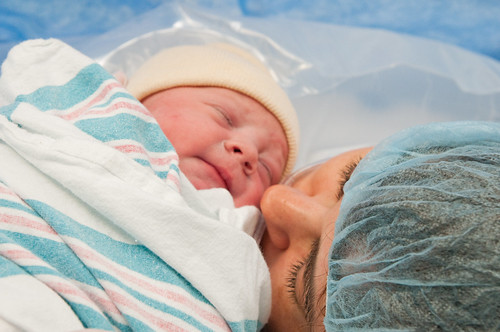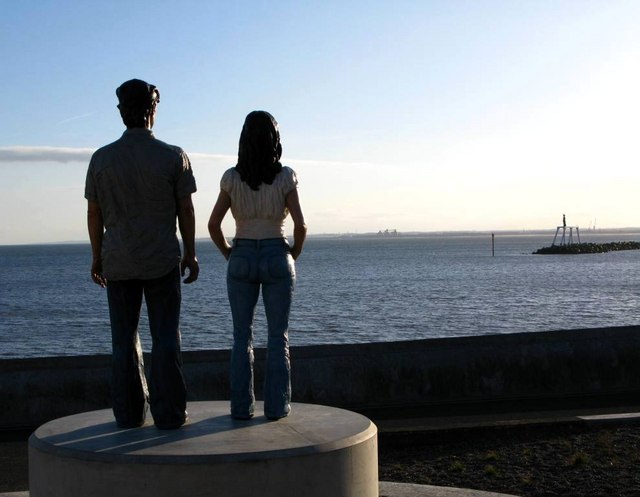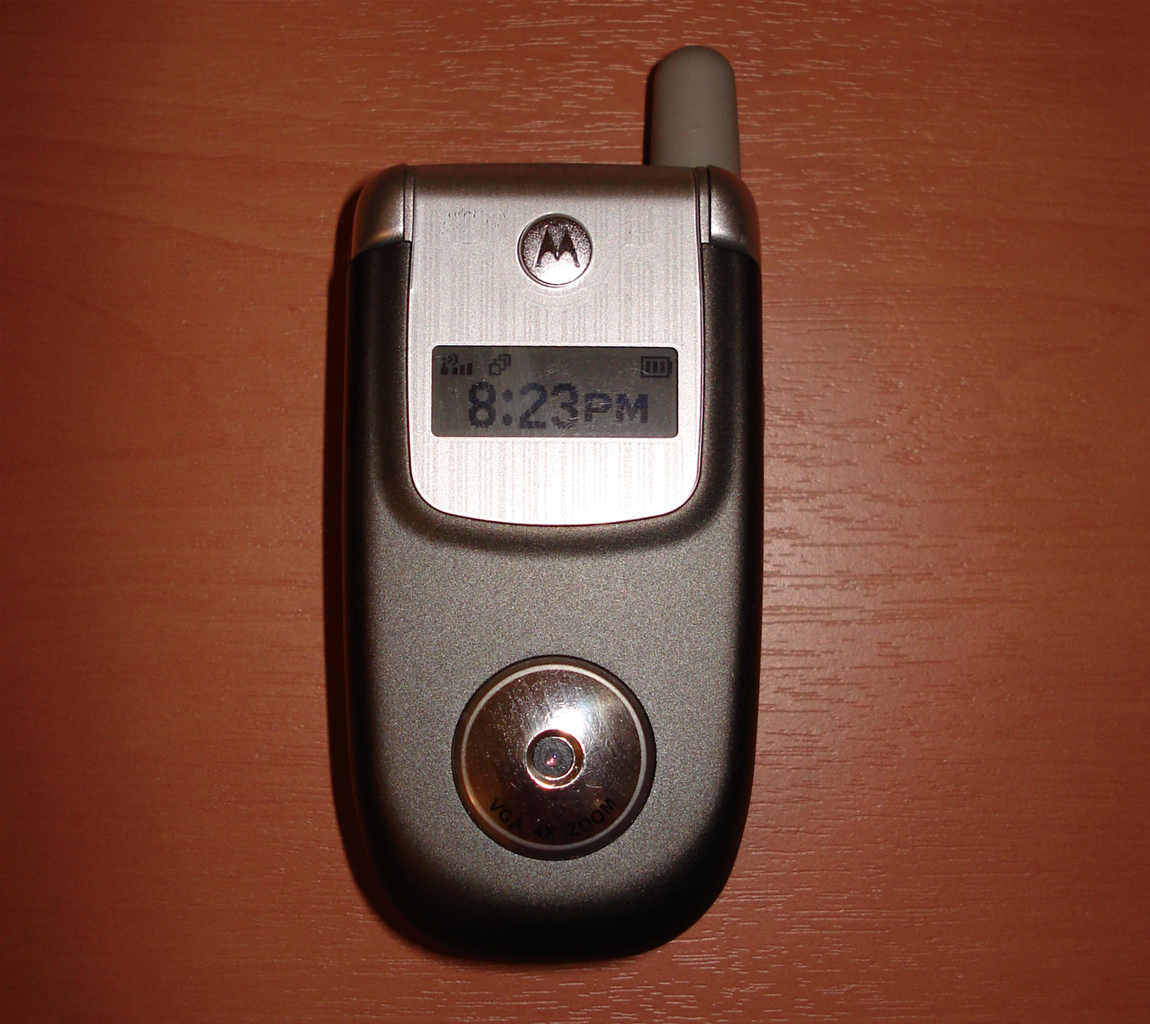
We just had the most interesting Professionalism class I've ever attended. Technically, the topic was "Physician Impairment," and that yielded forty minutes of tolerable dryness.
But after that the professor transitioned to making medical school more liveable. She is on the curriculum committee and opened the floor to suggestions by proposing one of her own: lower the number of in-class hours to ten per week. (Apparently this is underway.)
People began to murmur. I heard things like "that's impossible," "we'd still have too much stuff to memorize." I piped up (as I often do) and said that if it was impossible to lower the amount of material, lowering the number of in-class hours would be a good compromise.
Thus began the liveliest Professionalism discussion I've ever seen! Without any of the usual pauses, comments flew.
"But some lecturers give us sixty slides of information...without going to lecture how are you going to know what's important?"
"It would help to make classes that are officially 'not mandatory' truly not mandatory: no punitive, graded pop quizzes, no stigma, no scolding."
"Some people learn better watching the lecture later."
"There are only so many hours a day; watching the lecture at double speed, skipping parts you know...works better."
What is your reaction as you read these quotes? And what do you expect I thought?
Are you ready for a shocker?
I felt relief! Just yesterday, I came to a difficult decision after a long and uncomfortable deliberation. Yesterday, I decided that I will try skipping some classes.
Here are the points I weighed as I considered this experiment:
No brownie points from the profs. This has always been a big door-opener for me.
| Pros (reasons to skip class) | Cons (reasons not to skip class) |
| I could watch lectures more quickly | I'd be behind my classmates; they heard the lecture at 9:00 and I'd be hearing it at 18:00... |
| Self-study is fun! I like to look up extra stuff and go beyond the requirements; right now there's no time to do so, and that makes me sad... Plus, boring lectures and wasted time draws off enthusiasm. | Unable to ask questions of the prof; would have to send an email later in the day. |
| I am disciplined and can demand results from myself. Other classmates still going to class tell me they know they couldn't keep themselves on a schedule. |
| Better ability to prep for standardized exams. A med student needs to move up the rungs quickly from basic concepts to review to practice questions/clinical vignettes. Going to lecture retards my climb. |
| Better grasp of material; I can stop a recorded lecture and look something up! Asking questions during lecture is annoying and cuts the professor's time (the COM strictly monitors its professors lecture lengths). |
| Commuting. Let's have it out: I dislike driving and gas is expensive (especially considering I'm living on loans, so the price of everything is several times its sticker price after repayment.) |
| The classmates who still go to class.... Let's say there's been a self-selection; the higher-driven people whose company I enjoy are no longer there every day. |
In the end, it's about time. Time consumed in slow, repetitive, or unnecessary lectures and all that comes with them: commuting, changing tasks and places, reheating food.... I can move faster alone, at home or at a library.
I felt this last semester, too, but reasoned a good student goes to class. (I have
never been in an environment where skipping class was good. During summer school, away from TAC, it was tolerated, but still an embarrassment.) Now, I want time to become a good physician, not just what's good for the test. To learn well, I need more time than I currently have. I've been feeling a little oppressed, spread thin, and time-crunched lately. I'm up-to-date on all my prereading and lectures, but I'm behind on ascending to competency with the concepts and I've missed my
one hour of free time for almost two weeks
I doubt you are happy to read this (parents, siblings, friends, strangers). I am the shiny, good-girl student! I used to think it was embarrassing, all those statistics at other COMs about 20% class attendance. What am
I doing, skipping class?
I am trying to learn well, go at my pace, know beyond the bare-minimum, and preserve my mental health and balanced life. I am experimenting
with my attendance strategy, just like I experimented with my notetaking and memorizing strategies last semester. I will go to all mandatory classes and I
will attend classes covering material I judge difficult after my first
pass. Other than that, I am going to watch recorded lectures and
see if this is better. (Note experimental language.)

























